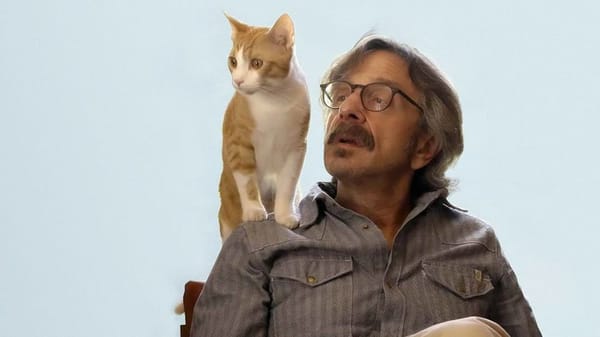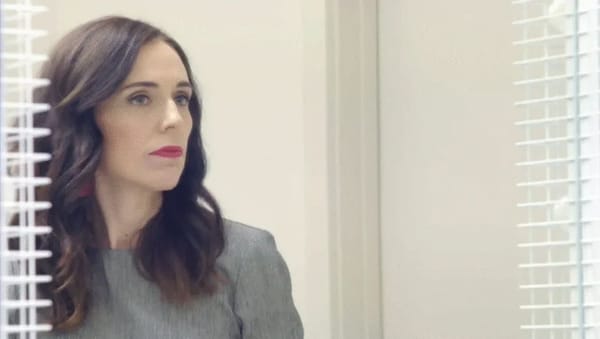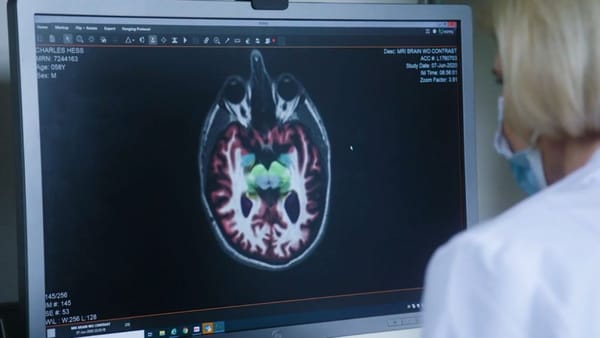The Cinema Within (dir. Chad Freidrichs)
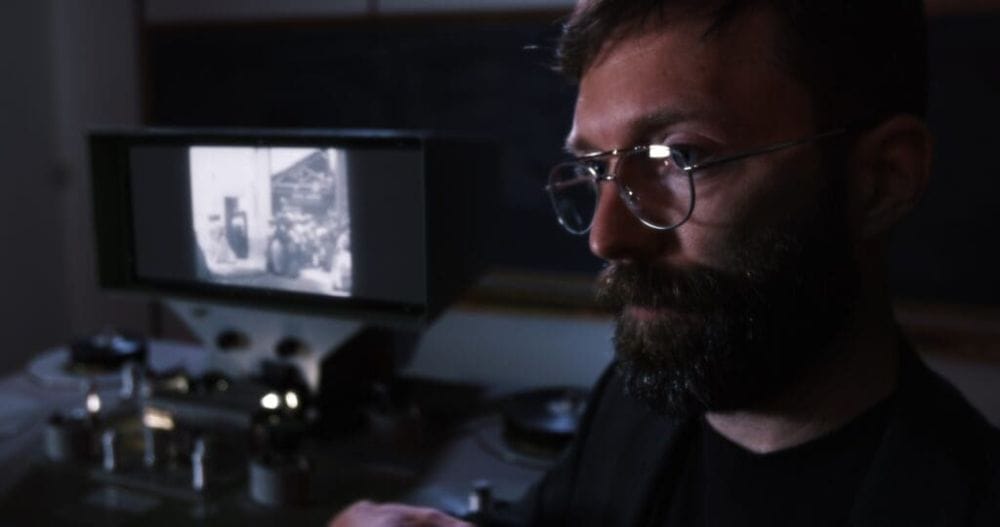
Movies about movies. Groundbreaking.
Movies about the "psychology of film editing"? Okay, that's a bit different.
I have enjoyed the films of Chad Freidrichs well enough; The Pruitt-Igoe Myth and The Experimental City have each covered two very different and historically curious moments of the 20th century in what I remember to be starkly different tones. Now, The Cinema Within makes for a third style of documentary on a third very different subject. Freidrichs, even if he hasn't quite pushed through to the big(ger) league(s) of documentary filmmaking, is at the very least keeping us on our toes. It's great to be able to say that I did not know what to expect and, well, I didn't get anything expected as a result. That's pretty great.
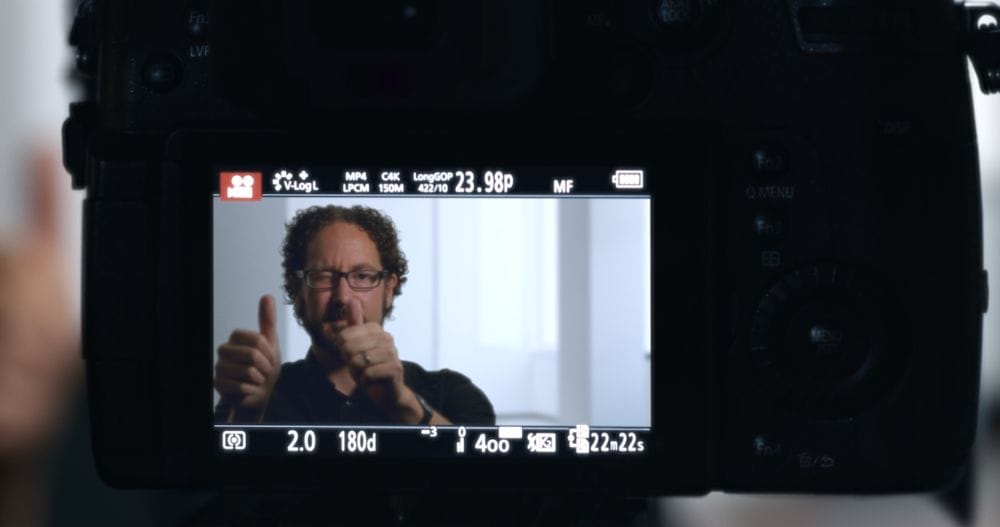
The Cinema Within is about film editing. And I mean the process of editing movies and also, in some instances, the physical act of editing physical film. But this is not the 'Visions of Light for editing' that you (or I) might expect. It is a little bit high falutin and strong on the technical side of things. It is academic (and when I said "academic" I mean there are literally academics sitting around talking about their academic studies about film editing!). It is doing things with its own editing that are a little bit too smart for its own good sometimes. Even then, this is mostly a good thing. I would rather that than just having a bunch of famous faces tell us why X movie is so well edited. We don't need that. Do we need Freidrichs’ film? I mean, gosh, do we need any movie? But I admire the swing. And when it all comes down to it, I did find myself thinking about what it was saying with thanks largely to how it was saying it. It's not always entirely successful—particularly around its conclusion that suggests, essentially, nobody really knows anything and ultimately all people really want is to be entertained—but I'm willing to give it the benefit.
Some 15 years in the planning, the inspiration for The Cinema Within came from Freidrichs’ time spent teaching the skills of editing at college and in film appreciation classes. It is a documentary that stretches back in time to the earliest days of filmmaking and theorises on how audiences grew from believing a train was about to emerge out of a screen to being able to accept the act of cutting in film and understanding how the process aids in storytelling. Aids in the sense of being able to move from point a to point b, but also in giving us the tools to understand what is happening with who and where in any given scene. The brain perceives so much—how did it learn to perceive this? Art had been bound to the stage or the page where actions or words could transport audiences through logical direction. But on film? Suddenly you are no longer there, and you are now here. Without everything in the frame at once, how do our brains conceive through editing what the hell is going on. Honestly, just that thought alone—that until the tail-end of the 19th century, human eyes had never seen things that weren’t connected, is kind of a mindfuck. Apparently, so too does the mind agree, with the theory proposed here that cutting between one image to another should make us nauseous, like sea-sickness, and lead to (I’m not making this us) violent vomiting.
To look at all of this, Freidrichs relies on people like Walter Murch. Let’s the honest, if you’re going watch a documentary about editing, it probably helps to have one of (if not the) greatest technician of the craft to speak on the matter. A three-time Oscar winner, the film wisely focuses on Francis Ford Coppola’s The Conversation, for which he did not win an Academy Award for (he was nominated for his sound work) but is fairly unimpeachable as an impressive feat of editing. His non-fiction book In the Blink of an Eye a clear inspiration to the director.
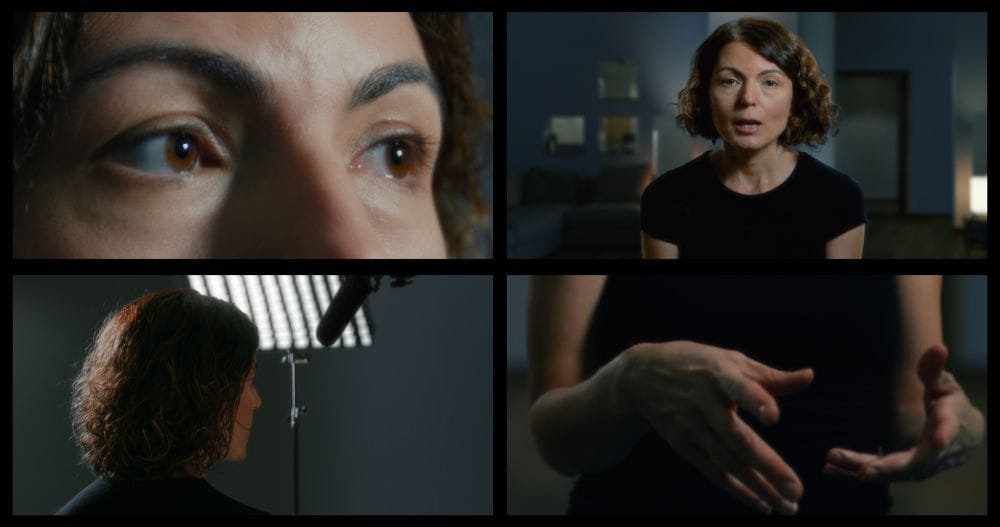
Then there is Sermin Ildirar, a researcher who found a remote village in Turkey with residents who had never seen a film. This allowed her to study human responses to editing techniques like shot-reverse-shot and perspectives. Furthermore, she would continue this line of research and study how those responses progress and react when given more and more information, culminating in a really lovely final moment of the townspeople watching and laughing along with Charlie Chaplin in The Gold Rush. Ildirar’s work is probably the central spine of The Cinema Within, as other academics find the results mean they too must recalibrate their thoughts on the matter. The more you know, right?
Elsewhere, there is Tamami Nakano who is the world’s foremost blink researcher (yes) who studies the effect of Mr. Bean (!!) on viewers and how blinks can be interpreted as a means of how the brain reacts to edits and processes visual events. There is not one, but two psychologists on hand (Tim J. Smith, a cognitive psychologist) and Dan Levin (a perceptual psychologist) as well as Jeff Zacks, a cognitive neuroscientist. It’s enough to make the viewer feel especially stupid, but thankfully it doesn’t quite go that far (although some may got over your head like it did mine). The last major contributor is film historian and journalist David Bordwell, a relative simpleton compared to everybody else. I was especially happy that not once did any of these people mention D.W. Griffiths as the “inventor” of editing. A small relief and something I’d be more than happy to never have to hear in films about filmmaking ever again.
Liberally peppered with film clips and unexpected detours, The Cinema Within is nerdishly captivating. It’s ideal home if probably as an educational tool, sure, but anybody interested in film to the point of recognising Murch’s name in particular could probably get something out it. That viewers should really put their phone down and watch is probably especially apt for Freidrichs’ film, lest you miss the cut that unlocks it all.
